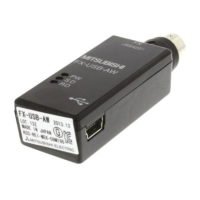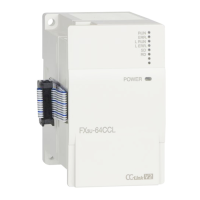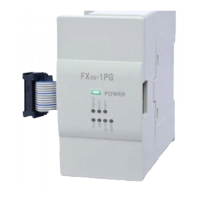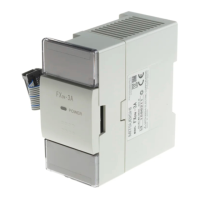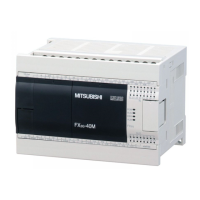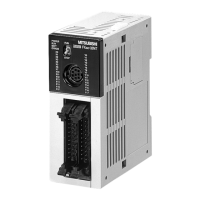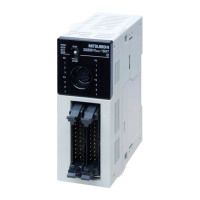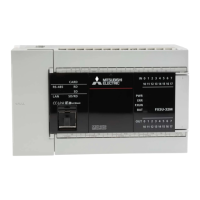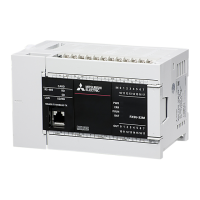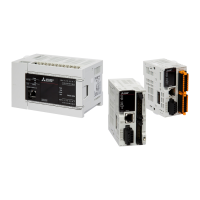7 Applied Instructions
7.12 Floating Point
491
FXCPU Structured Programming Manual
(Basic & Applied Instruction)
1
Outline
2
Instruction List
3
Configuration of
Instruction
4
How to Read
Explanation of
Instructions
5
Basic Instruction
6
Step Ladder
Instructions
7
Applied
Instructions
8
Interrupt Function
and Pulse Catch
Function
A
Relationships
between devices
and addresses
7.12.17 INT
Outline
This instruction converts the binary floating decimal point into BIN integer in normal data type in the PLC.
(From binary floating decimal point data to BIN integer)
→ As for program example of floating decimal point operation, refer to section 7.5.10.
→ As for handling of floating decimal point, refer to FX Structured Programming Manual (Device &
Common).
1. Format and operation, execution form
2. Set data
3. Applicable devices
S: Refer to "Cautions".
FX3U(C) FX3G FX2N(C) FX1N(C) FX1S FXU/FX2C FX0N FX0(S)
Instruction
name
Operation
Execution
form
Expression in each language
Structured ladder ST
INT 16 bits Continuous INT(EN, s, d);
INTP 16 bits Pulse INTP(EN, s, d);
DINT 32 bits Continuous DINT(EN, s, d);
DINTP 32 bits Pulse DINTP(EN, s, d);
Variable Description
Data type
16-bit
operation
32-bit
operation
Input
variable
EN Execution condition Bit
Device for storing the binary floating decimal point data to be converted
into BIN integer.
FLOAT(Single Precision)
Output
variable
ENO Execution state Bit
Device for storing the converted BIN integer. ANY16 ANY32
Operand
type
Bit Devices Word Devices Others
System user Digit designation
System
user
Special
unit
Index
Cons
tant
Real
Number
Character
String
Pointer
XYMTCS
D.b
KnX KnY KnM KnS T C D R
U\G
VZModifierK H E
""
P
z
S1 S2
z
z
S1 S2
z
INT
EN ENO
d
s
INTP
EN ENO
d
s
DINT
EN ENO
d
s
DINTP
EN ENO
d
s
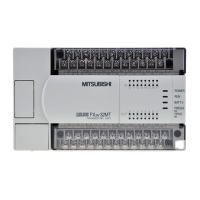
